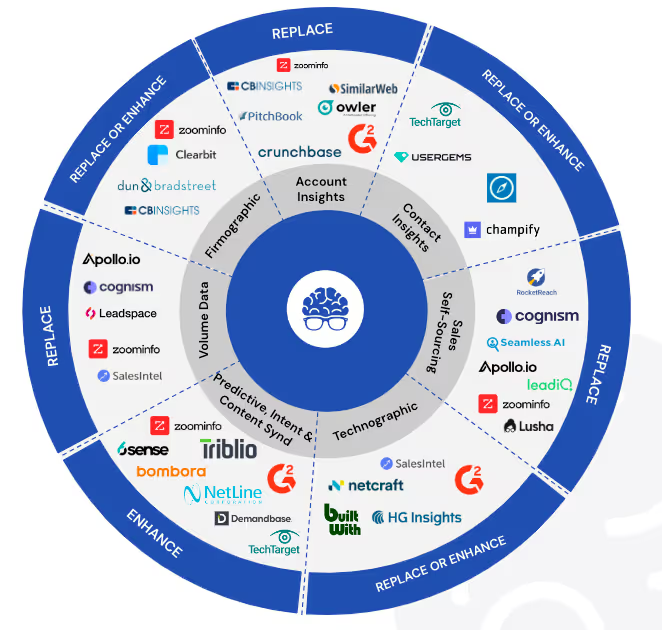In the ever-evolving landscape of sales methodologies the journey from traditional methodologies like BANT (Budget, Authority, Need, Timeframe) to more adaptable frameworks signifies a profound shift in understanding and engaging with today’s complex buying landscapes. While BANT laid the groundwork for lead qualification with its straightforward approach, its limitations have become increasingly apparent. This evolution has paved the way for methodologies such as ANUM (Authority, Need, Urgency, Money), which promise greater alignment with contemporary sales processes and buyer behaviors.
Revisiting the Limitations of Traditional Frameworks
The primary challenge with BANT lies in its initial focus on budget, which can prematurely narrow the scope of potential opportunities. In a sales environment where nurturing leads is crucial, insisting on upfront budget details can sideline potentially lucrative engagements. Furthermore, BANT’s linear approach often fails to encapsulate the multifaceted and iterative journey of today’s B2B purchases, marked by the involvement of multiple stakeholders with diverse priorities.
The Progressive Shift in Sales Methodologies
As buyer behaviors evolved and technology reshaped interactions between vendors and purchasers, the need for more nuanced sales strategies became clear. The entrance of methodologies like MEDDIC and its expansion, MEDDPICC, introduced more detailed criteria for navigating complex sales. Yet, these too were products of their time, tailored to sales environments with fewer decision-makers and less complexity than what sales teams face today.
The modern sales ecosystem, characterized by digital platforms and a higher number of stakeholders (averaging eight, according to Gartner), demands methodologies that can adapt to these intricacies. This is where NTENT steps in, offering a framework that is attuned to the layered nature of modern buying processes.
NTENT: A Paradigm for Modern Sales
Created by Jake Dunlop, NTENT stands for Next Steps, Teams, Education level, Numerical priority, and Time to impact. This methodology emphasizes creating momentum in sales deals, recognizing the challenges posed by today's saturated markets and the propensity of buyers to default to inaction. It understands the need to navigate the sales process through the lens of multiple stakeholders, each with distinct needs and levels of influence.
Key components like the 'Education level' address the varied knowledge levels that prospects might have about a solution, necessitating tailored engagement strategies. 'Numerical priority' encourages sales professionals to quantitatively assess the urgency of the buyer's needs, offering a more objective perspective than the subjective notion of 'pain points'. The focus on 'Time to impact' reorients discussions from closing deals to when the buyer expects to see value, aligning sales efforts with the buyer’s timeline and priorities.
ANUM: The Advantage of Reordered Priorities
ANUM recalibrates the focus of qualification by prioritizing Authority, ensuring engagements begin with decision-makers or influential stakeholders. This is a critical adjustment, acknowledging the complexity of corporate buying structures where titles do not always equate to decision-making power. The methodology then delves into understanding the prospect's Need, emphasizing a consultative approach to uncovering the prospect’s objectives and challenges.
Urgency, the third pillar, underscores the importance of contextualizing needs within a timeline to advance the sale. Unlike BANT, which positions budget at the forefront, ANUM treats the financial discussion as a natural progression after establishing authority, need, and urgency. This restructuring allows for a more fluid conversation around budget, making it less of an initial hurdle.
The Growing Appeal of ANUM
ANUM is resonating with sales professionals for its adaptability and its emphasis on building relationships and understanding before addressing budget constraints. This methodology aligns with the nuanced dynamics of modern B2B sales, where creating value and strategic alignment are paramount. It operates on the premise that budgets can be allocated for projects that are convincingly presented as critical, thereby facilitating the financial conversation as part of a holistic engagement rather than an upfront barrier.
Towards a Future of Flexible Sales Methodologies
The transition from BANT to methodologies like ANUM illustrates the sales profession's responsiveness to the evolving marketplace. These modern methodologies offer frameworks that are not only more aligned with current buying practices but also flexible enough to adapt to future changes. By prioritizing the deeper aspects of buyer engagement—authority, need, and urgency—before discussing financial commitments, sales teams are better positioned to engage meaningfully with prospects, fostering relationships that drive value for both parties. In this new era of sales, the focus shifts from merely qualifying leads to cultivating partnerships that yield mutual benefits, marking a significant evolution in sales strategies and methodologies.




